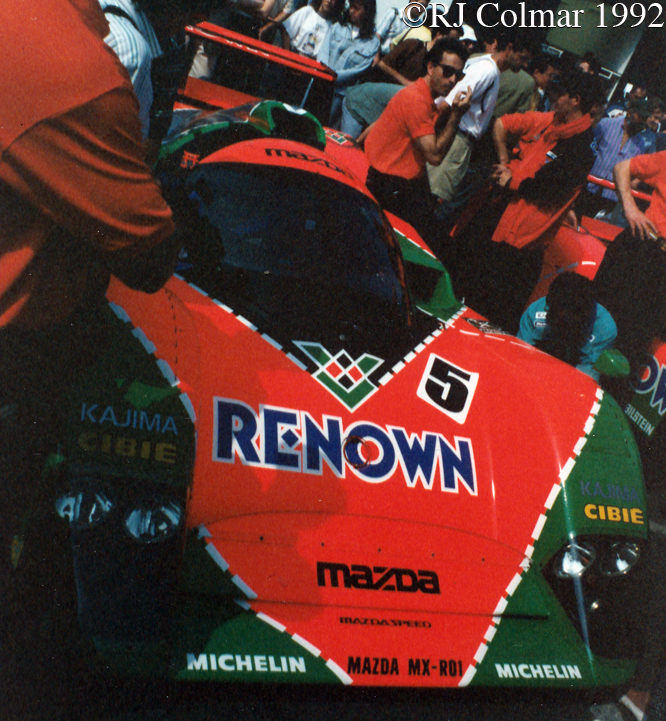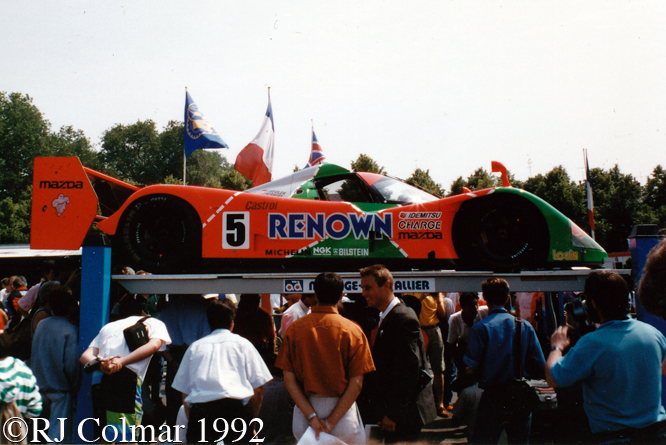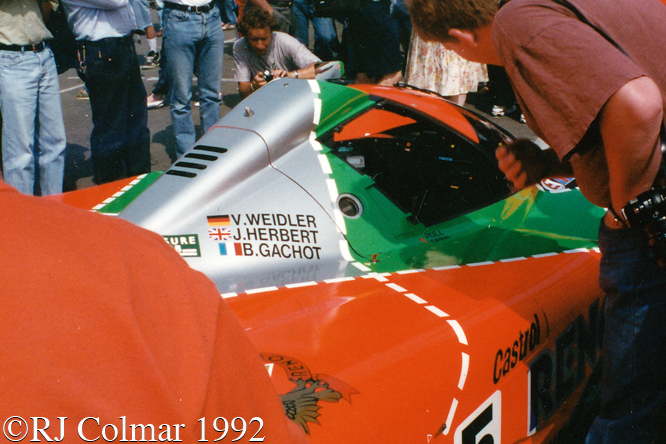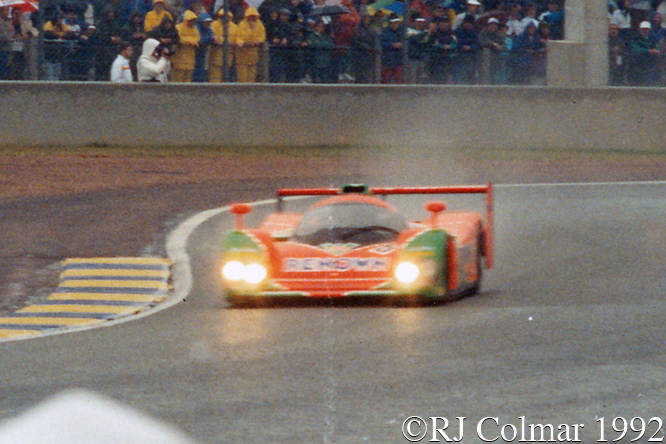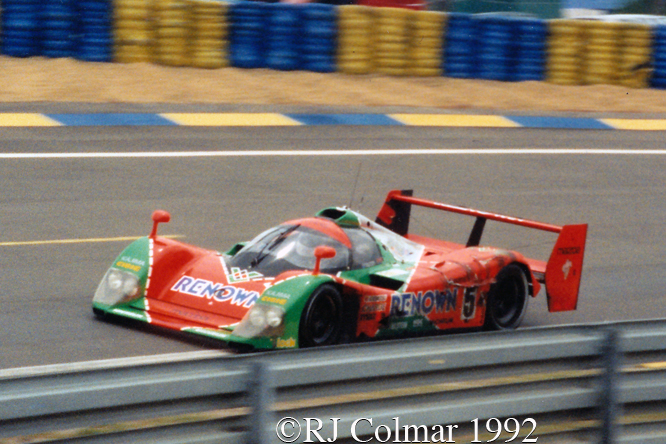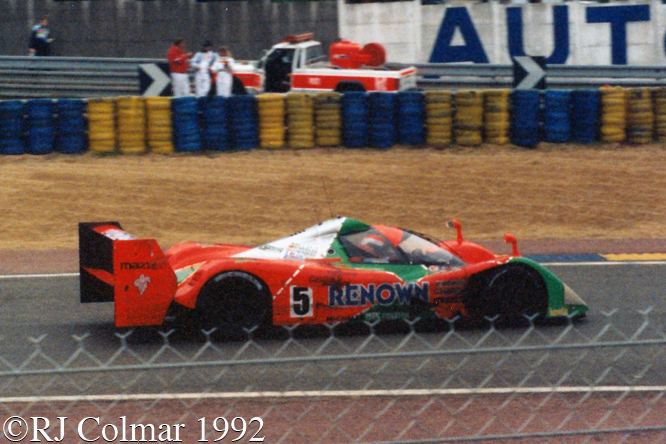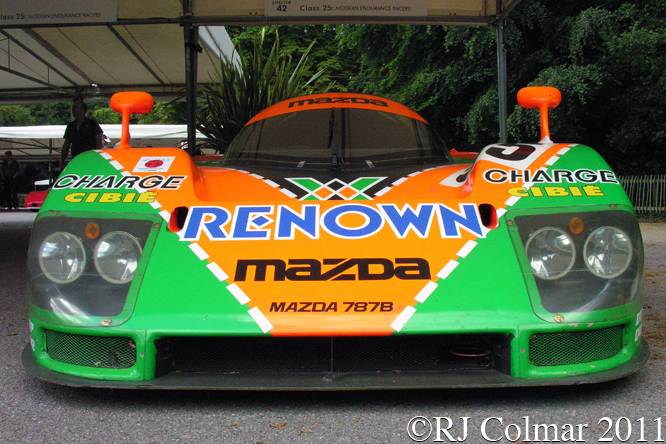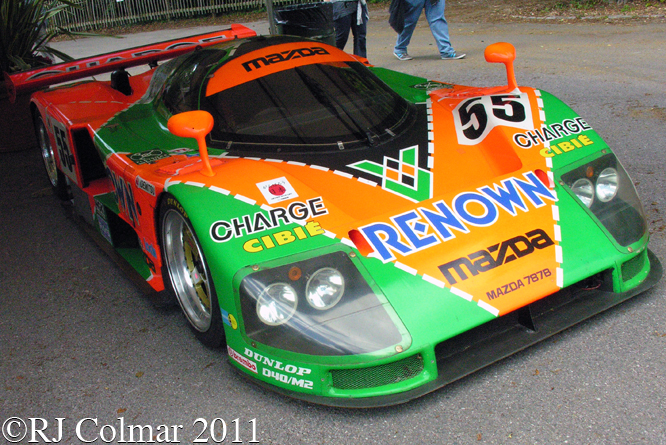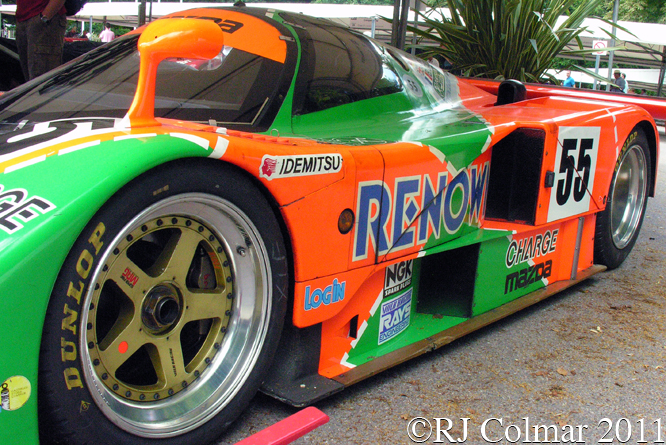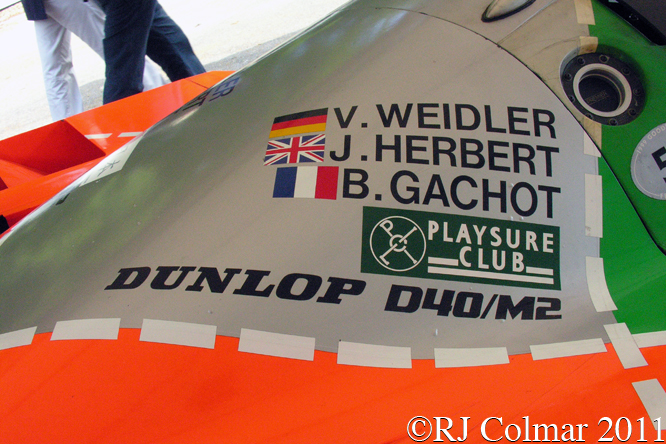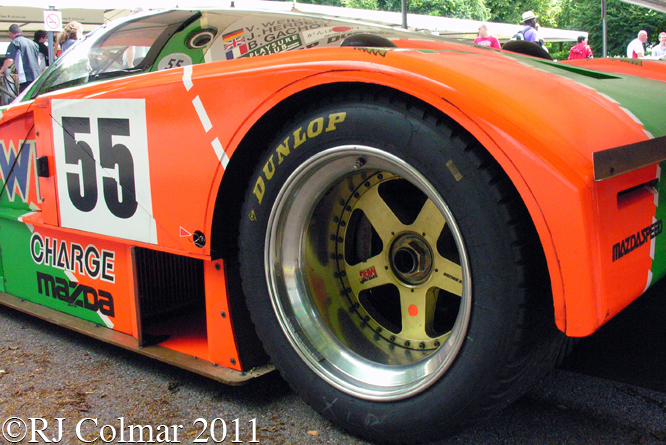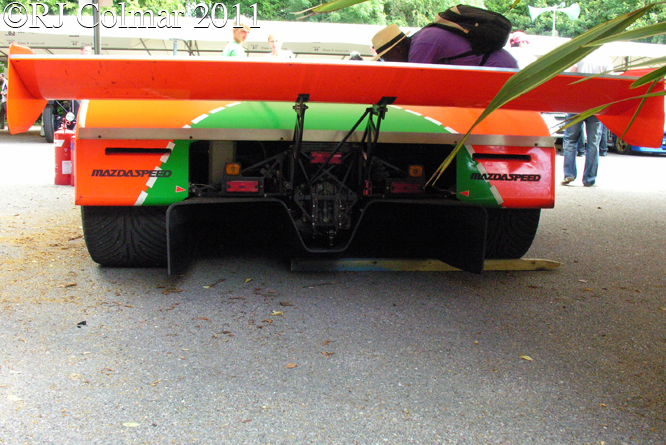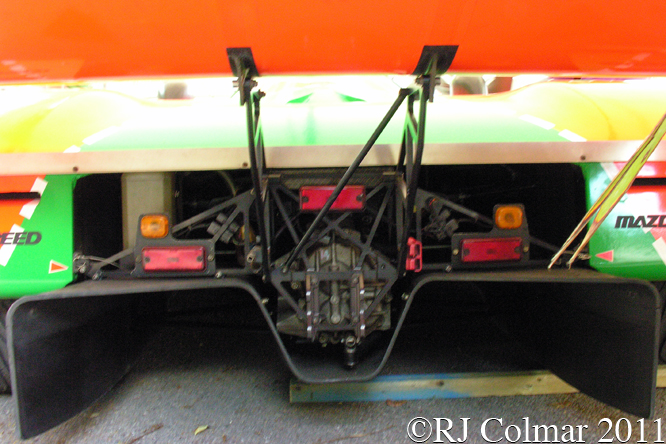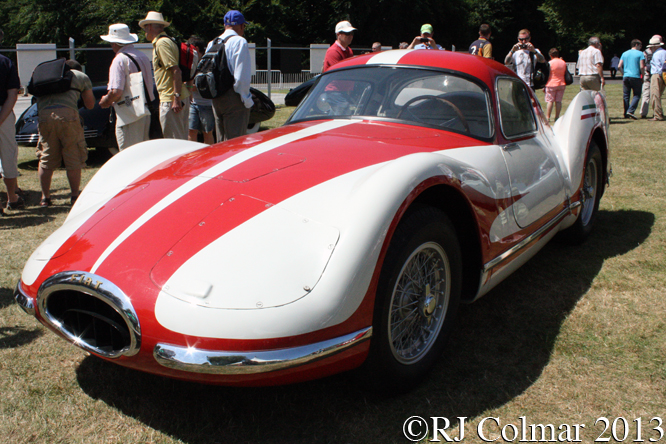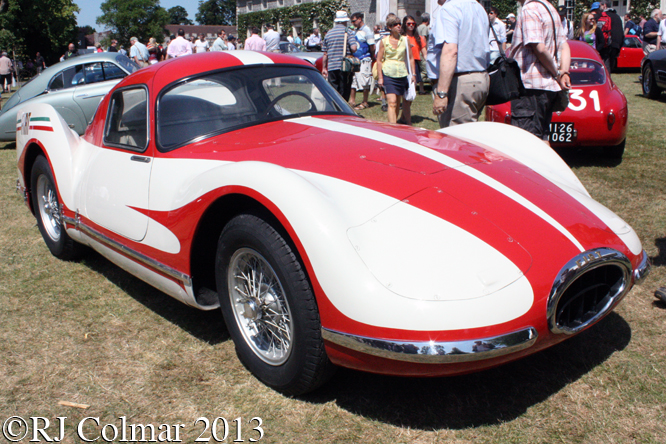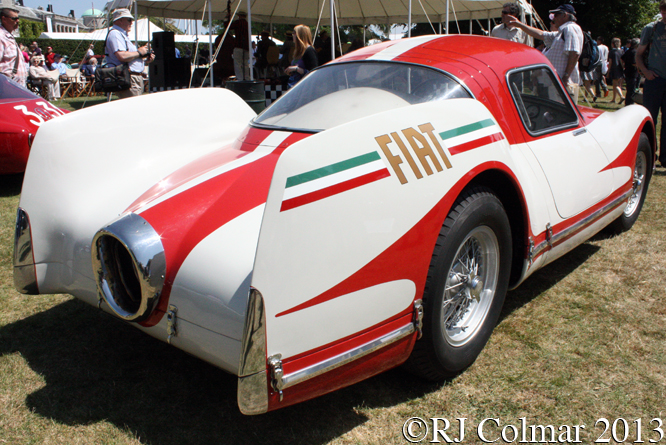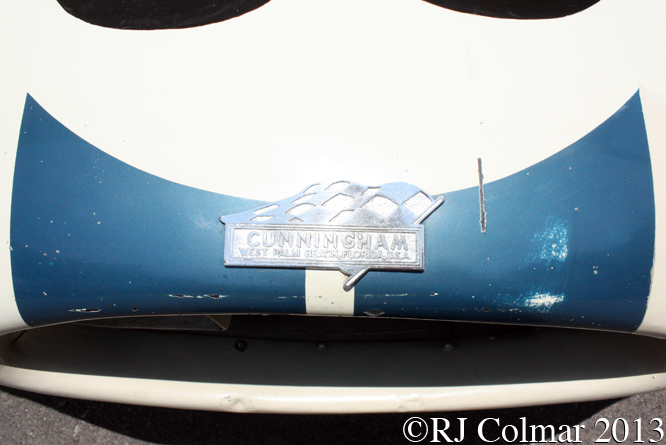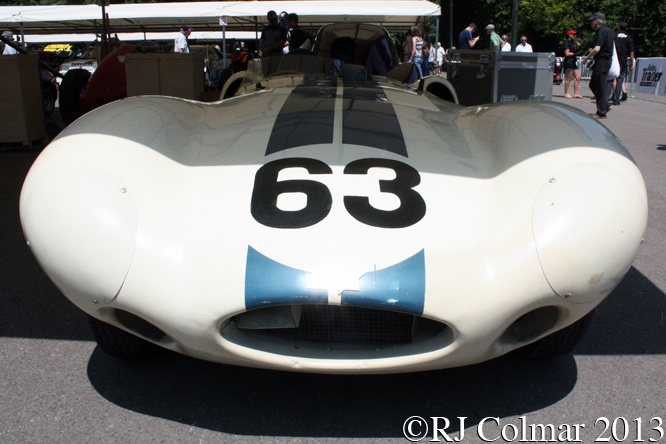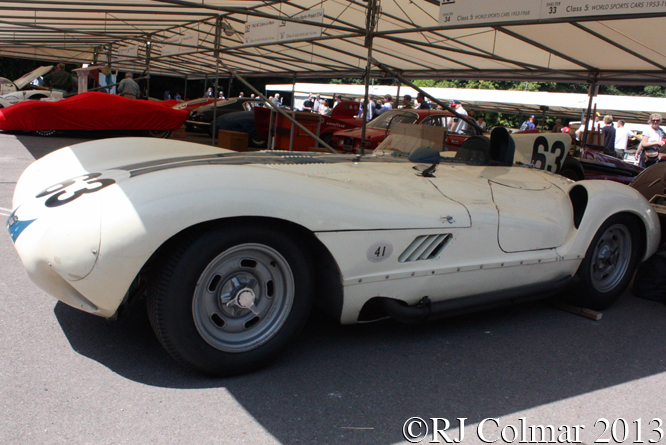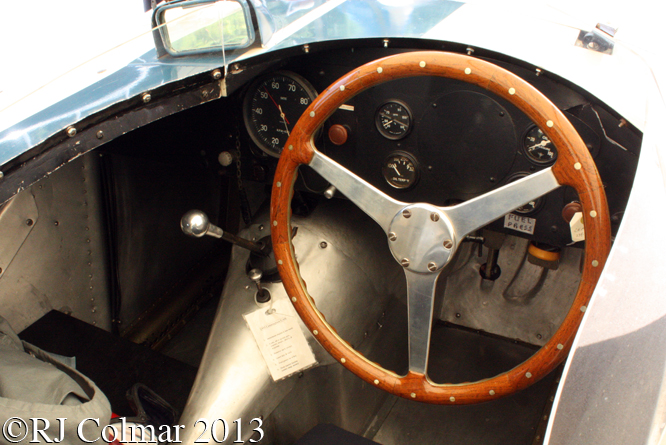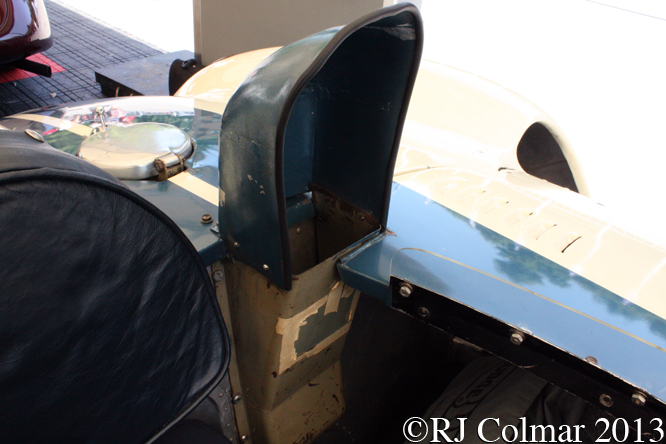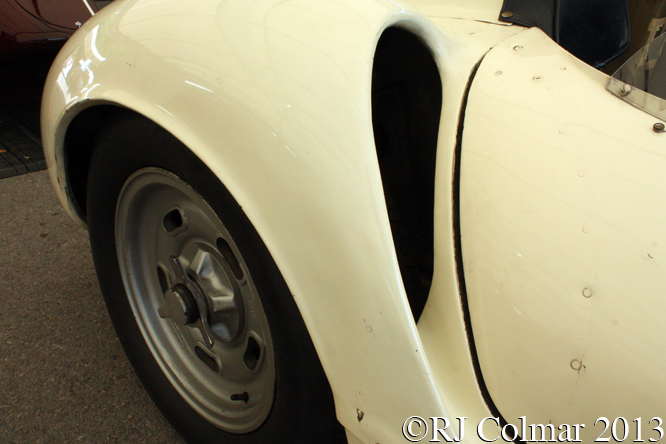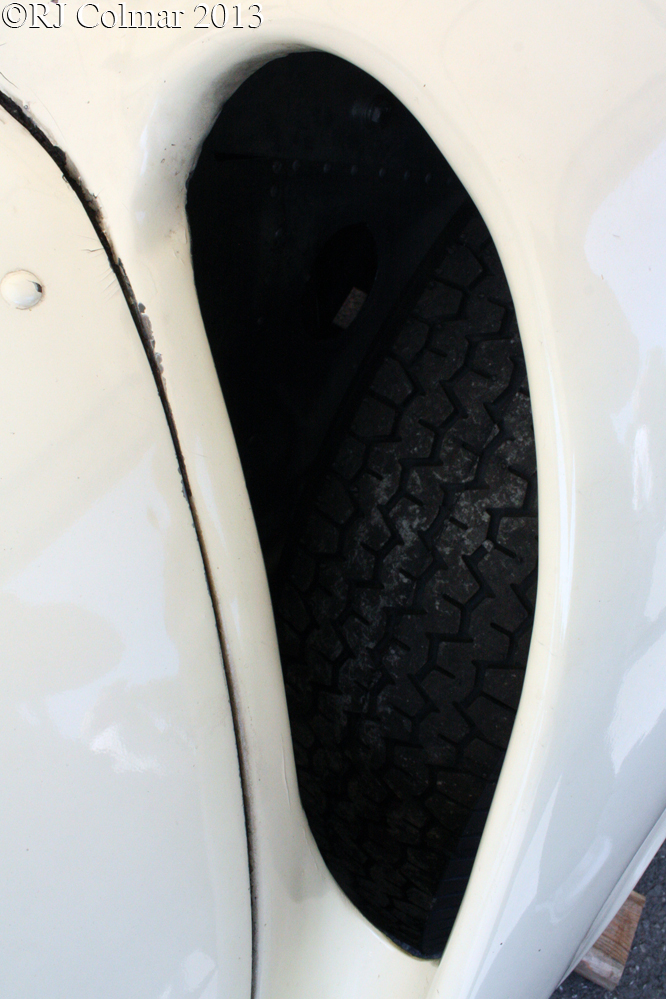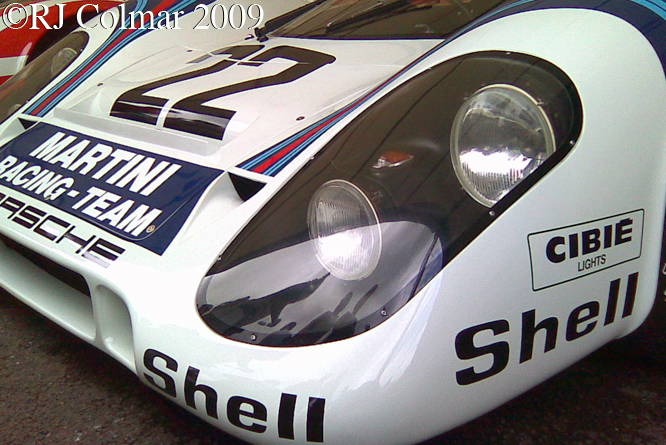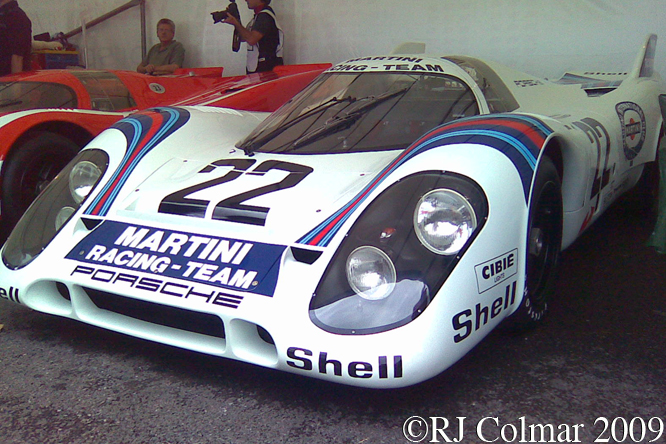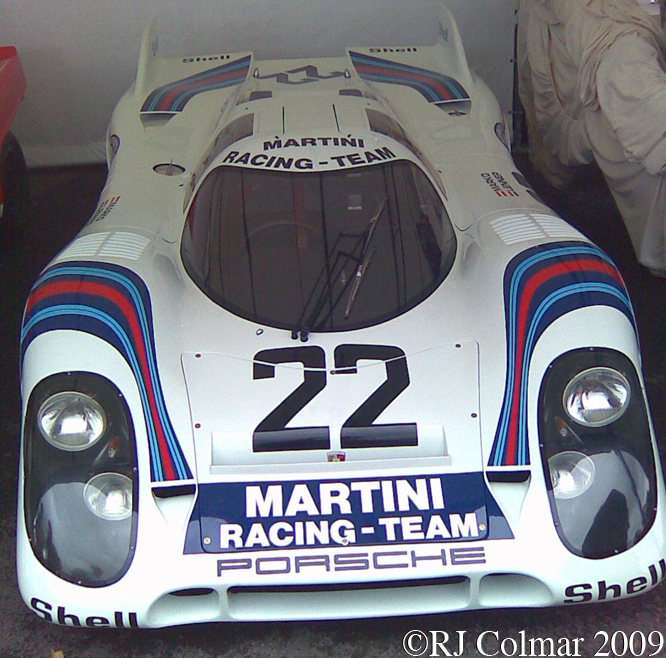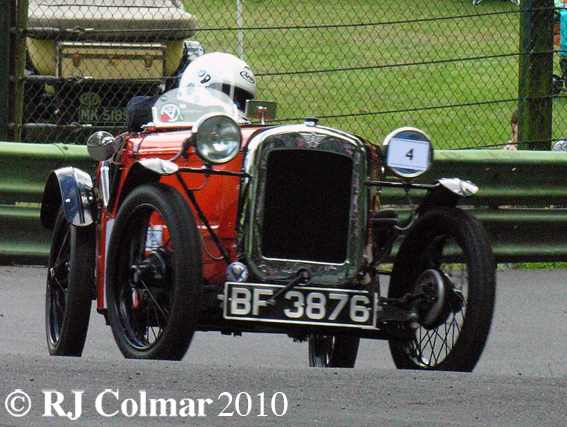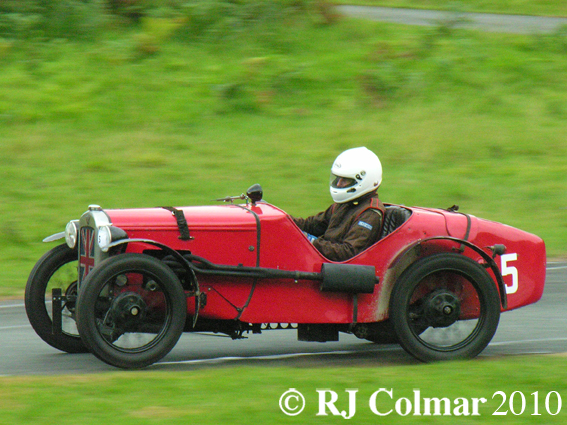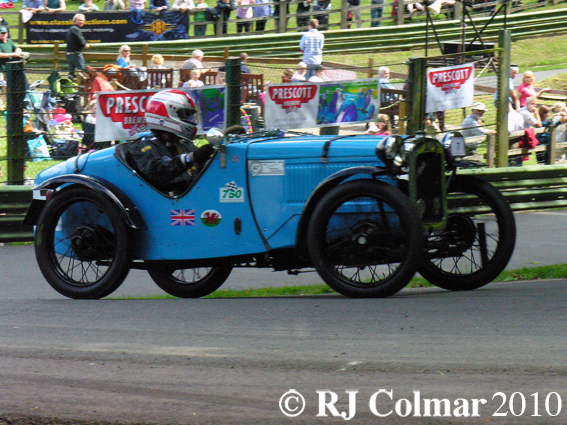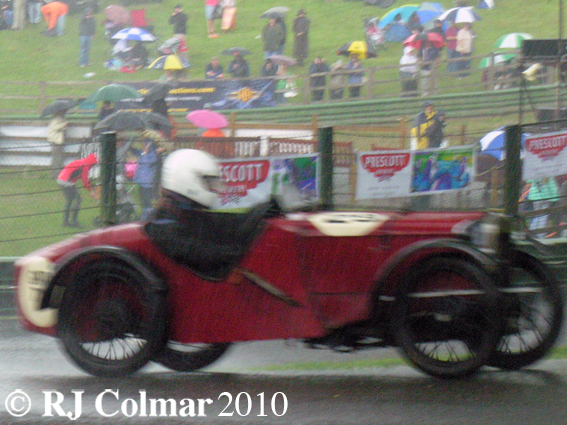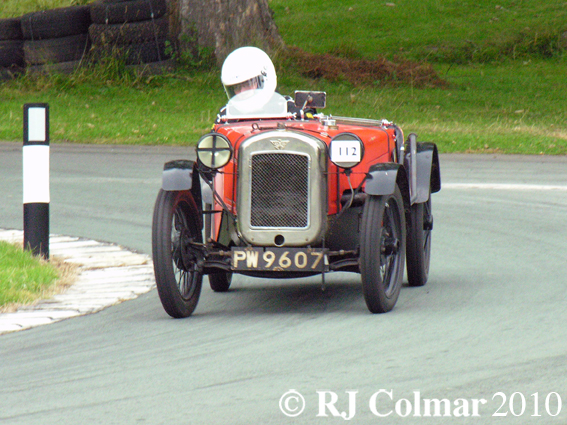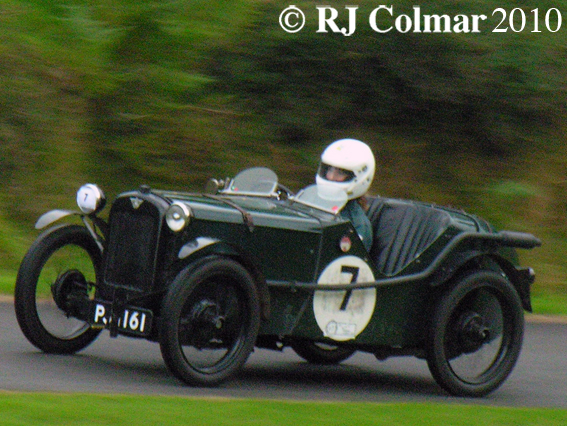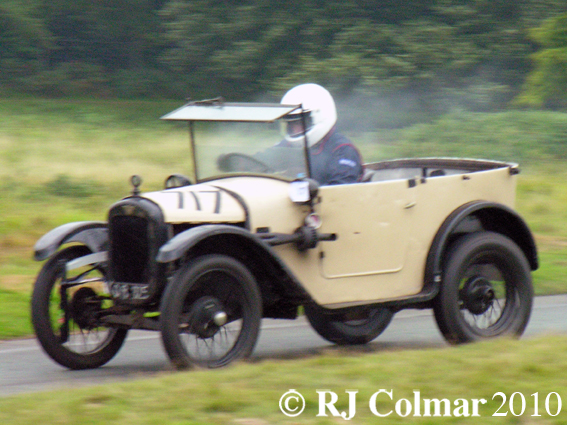Just over a week ago I visited Cholmondeley Pageant Of Power where I manged to catch up with today’s featured Bentley Speed 8 of the type which ten years ago were entered in the 2003 Le Mans 24 Hours.
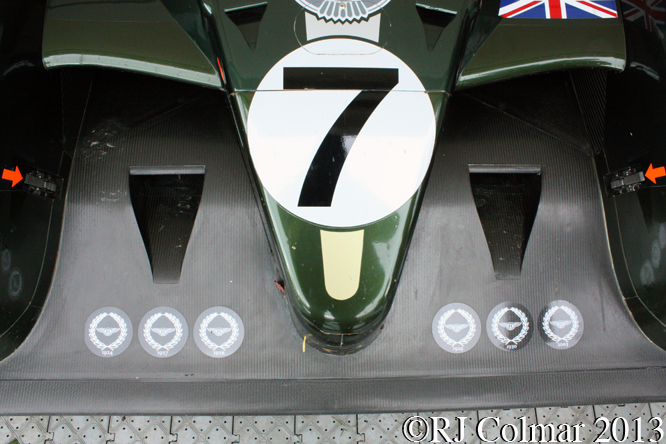
The origins of the Speed 8 lay in two Audi projects that raced at Le Mans in 1999 one of which was designed by Peter Elleray who would go on to design the Bentley’s which competed at Le Mans from 2001 and 2003.
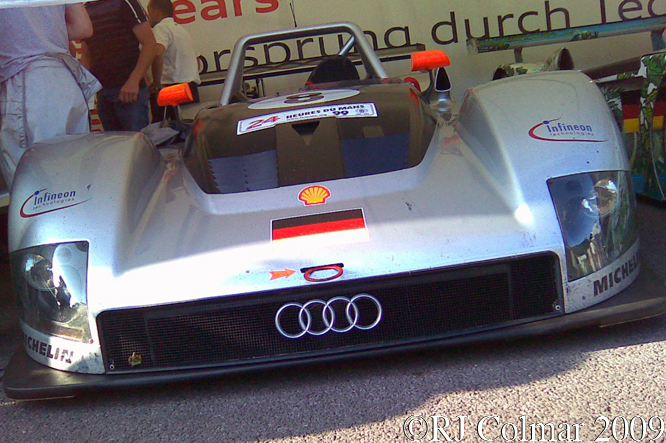
Audi entered four cars in the 1999 endurance classic two open cockpit LMP class Audi R8R’s like the one above that was built by Dallara and entered by Audi Sport Team Joest which Frank Biela, Didier Theys and Emanuele Pirro drove third place one spot ahead of the sister R8R driven by Michele Alboreto, Rinaldo Capello and Laurant Laurent Aïello.
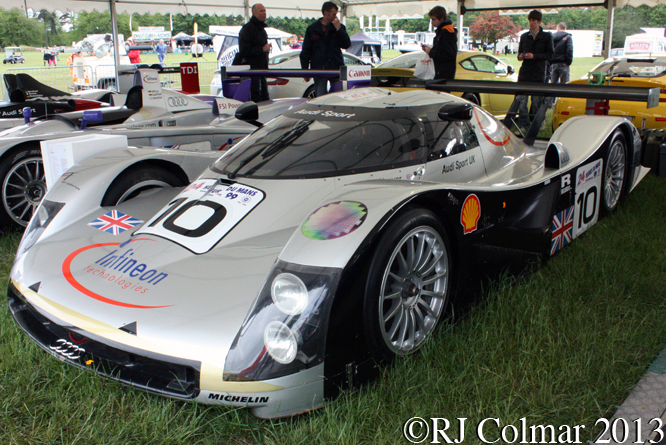
The two remaining Audi’s were closed cockpit LMGTP Audi R8C’s designed by Peter Elleray and built by Racing Technology Norfolk (RTN) using the same twin turbo V8 motors and gearboxes as the R8R. Veteran Porsche Group C entrant Richard Lloyd ran the R8C’s in the ’99 Le Mans Race under the Audi Sport UK banner with James Weaver, Andy Wallace and Perry McCarthy in the #10, seen above which retired after 198 laps. The #9 R9C was driven by Stefan Johansson, Stéphane Ortelli and Christian Abt retired after 55 laps both cars experiencing gearbox issues that were shared with the R8R’s but which the Joest mechanics were better able to cope with.
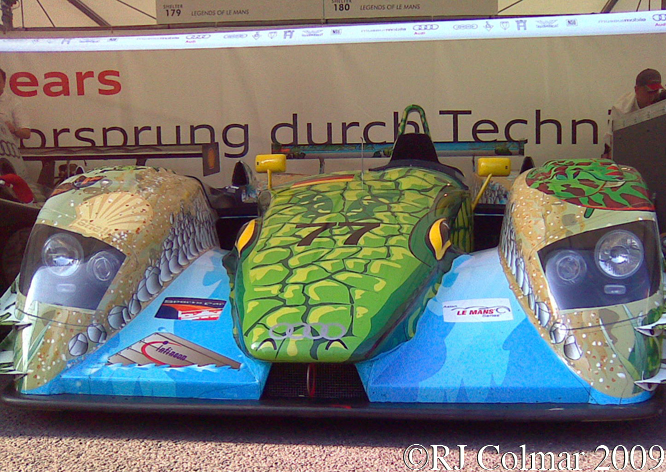
The R8R’s were quicker than the R8C’s which suffered from being the second project to get the go ahead and Audi decided to go with the open cockpit concept and developed the R8 of the type seen above which won five Le Mans 24 hour races in ’00, ’01, ’02, ’04 and ’05.
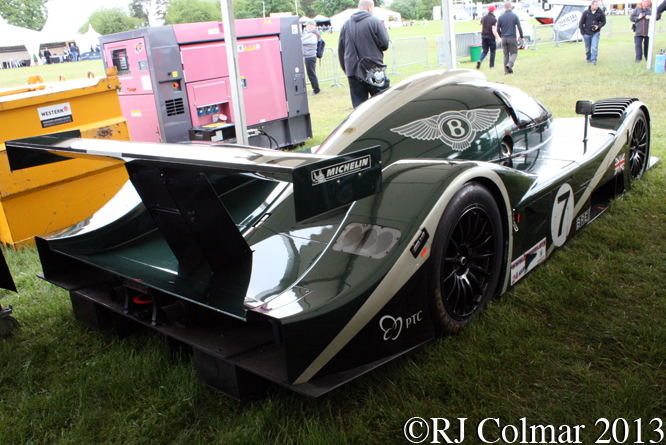
In 1998 the Volkswagen Group, which includes Audi, acquired Bentley and Rolls Royce, for reasons that are not clear they did not acquire the rights to use the Rolls Royce name which went to BMW and an agreement was reached that saw Rolls Royce production separate from Bentley at Crewe, where the two marques had been manufactured alongside each other since 1946, with Rolls Royce becoming a BMW owned company located in a new production facility at Goodwood.
Following the acquisition of Bentley in 1999 a 220 mph concept car was announced. The Bentley Hunaudieres powered by a normally aspirated W16, a version of the motor that would be used to power another super car from the Volkswagen Group namely the Bugatti Veyron.
In 2000 Bentley announced that it was to return to Le Mans, for the first time in 71 years, in 2001 with two closed cockpit LMPGTP entires and that a prototype was being worked on by Peter Elleray at Racing Technology Norfolk.
By the time the design for the EXP Speed 8 was finalised it had been decided to use the same twin turbo V8 as was being used in the Audi R8 programme but fitted with an X-trac transmission. During the 2001 Le Mans race chassis #002/4 seen above was driven by Martin Brundle, Guy Smith and Ortelli, qualifying 7th but retiring with transmission failure. Chassis #002/3 driven by Andy Wallace, Eric van de Poele and Butch Leitzinger qualified 9th and finished 3rd overall behind two Audi R8’s 15 laps adrift of the overall winner, but winning the GTP class.
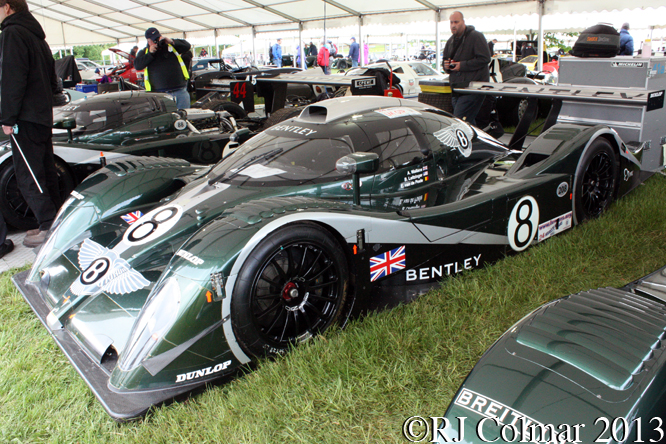
For 2002 only one Bentley entry was prepared for the Le Mans 24 Hours, it’s upgrades included a new 4 litre / 244 cui version of the Audi based twin turbo V8 up from 3.6 litres / 219 cui, the 4 litre motors were unique to Bentley.
Driving a new chassis, #002/6 seen above, Wallace, van de Poele and Leitzinger qualified over two seconds faster than they had in 2001 but wound up only 11th on the grid. In the race they covered 62 laps more than in 2001 but finished 4th behind three Audi R8’s now only 13 laps behind the overall winner and again winning the LMGTP class.
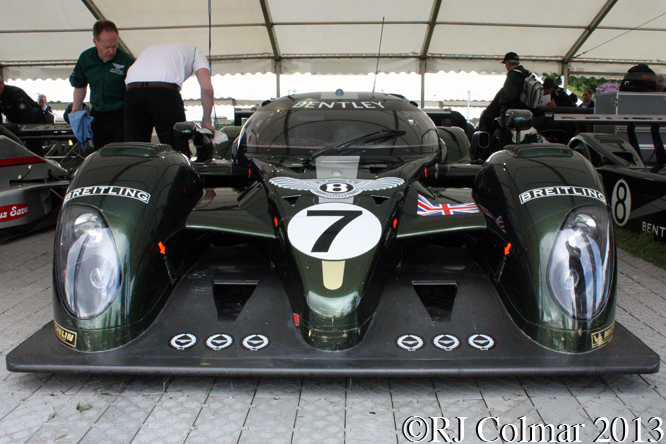
For the third and final planned onslaught at Le Mans Peter Elleray designed a completely new car based on a completely new safer carbon fiber tub.
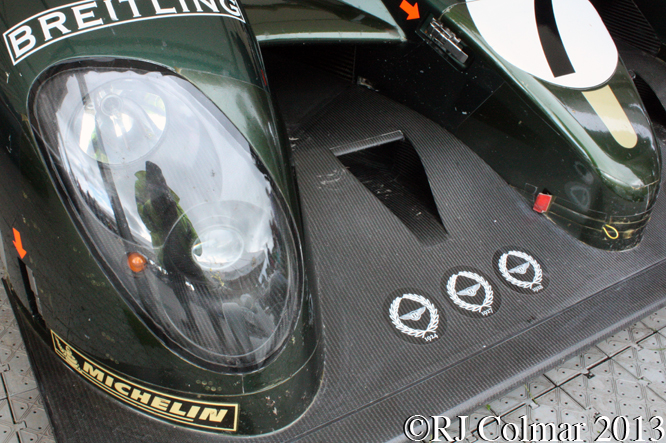
After Johnny Herbert crashed one of the new #004 cars, chassis #004/2, at 100 mph into a concrete wall without injury during testing, Peter persuaded the management that two even stronger tubs should be built. However one of these #004/4 “blew up” while being cured in the autoclave and the other #004/5 was prepared for the 2003 Le Mans 24 hours.
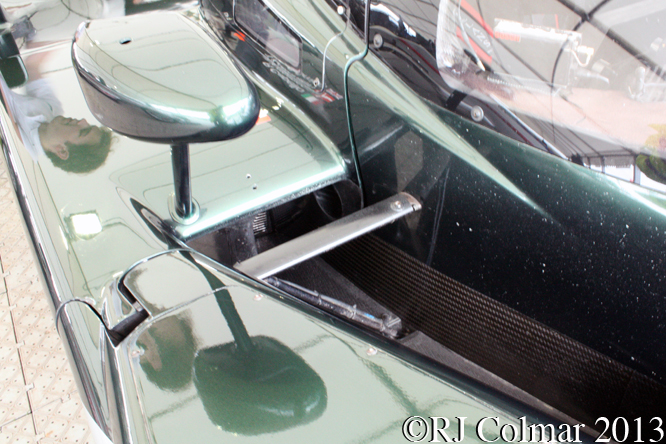
Today’s featured chassis #004/1 along with #004/3 was sent to Sebring to compete in the Sebring 12 Hours as a warm up preparation for Le Mans. However two privately entered Audi’s did not read the script and ended up beating the Bentley’s by 4 laps. #004/1 driven by Capello, Tom Kristensen and Smith qualified and finished 4th 5 laps down on the overall winner and behind the Johnny Herbert, David Brabham and Mark Blundell entry.
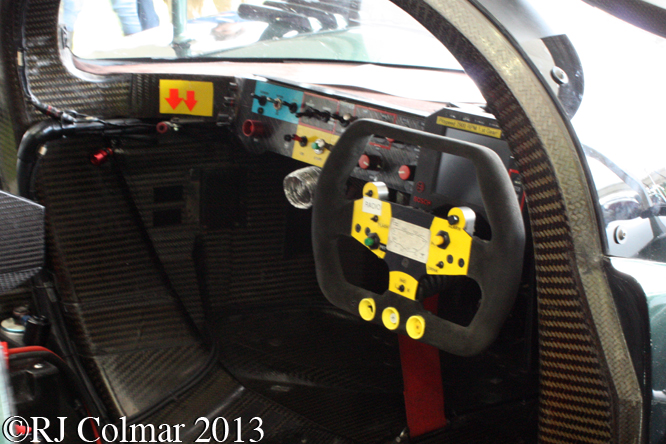
Both of the Sebring cars were then sent to Le Mans in May 2003 for the Le Mans test weekend where Capello, Kristensen and Smith driving #004/1 set the fastest time ahead of the Audi Sport Japan Team Goh R8 driven by Seiji Ara, Marco Werner and Jan Magnussen. Third fastest time went to Herbert, Brabham and Blundell in chassis #004/3.
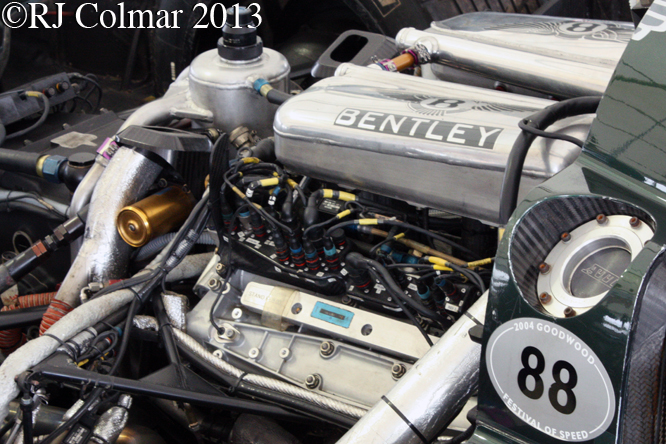
Like the 2002 EXP Speed 8 the 2003 Speed 8 retained exclusive use of the 4 litre twin turbo V8 which produces around 600 hp. When designing the prototype Bentley Le Mans challenger, 001 in 2000, Peter Elleray was expecting to use an unspecified normally aspirated motor apparently several options were discussed including the W16 and the prototype was tested with a Cosworth DFR Formula One motor before the twin turbo Audi V8 and later larger Bentley V8 derivative were selected.
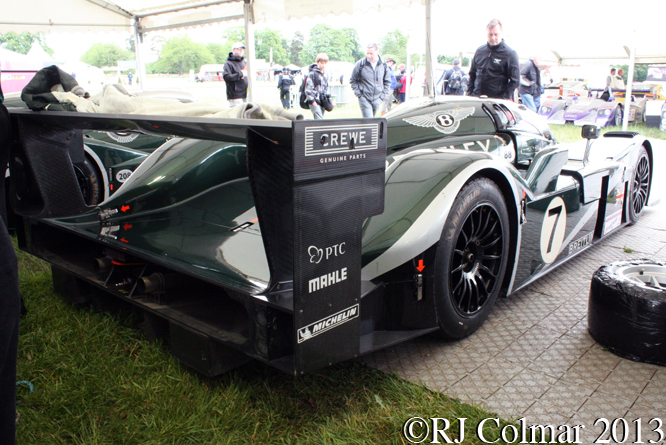
The Speed 8 Bentley’s were perfectly prepared for the 2003 Le Mans 24 hours and in the absence of works Audi R8 entries they called on Joest Racing to support their efforts in the pit lane. Capello, Kristensen and Smith were entered in the new chassis #004/5 which qualified on pole 2 seconds faster than older sister car #004/3 driven by Herbert, Brabham and Blundell that completed a Bentley sweep of the front row.
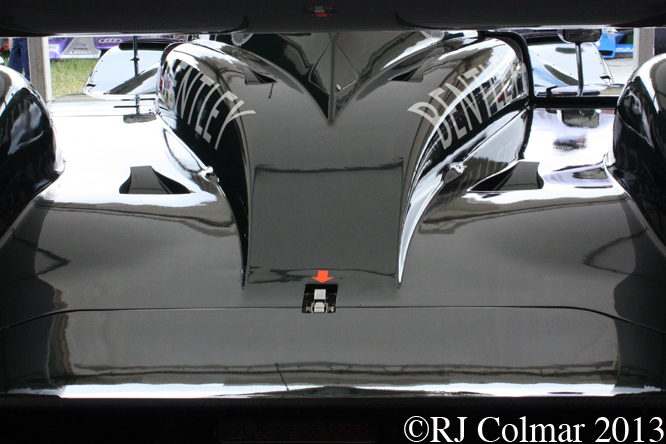
The Bentley’s then ran a text book race finishing in the order they qualified with the lead car two laps ahead completing 377 laps in total seven more that the third placed Champion Racing Audi R8 driven by JJ Lehto, Emanuele Pirro and Johansson. The last time a Bentley had won the Le Mans 24 hour race was when Woolf Barnato and Glen Kidston led the similar Bentley Speed Six of Frank Clement and Richard Watney in 1930 having completed ‘just’ 179 laps.
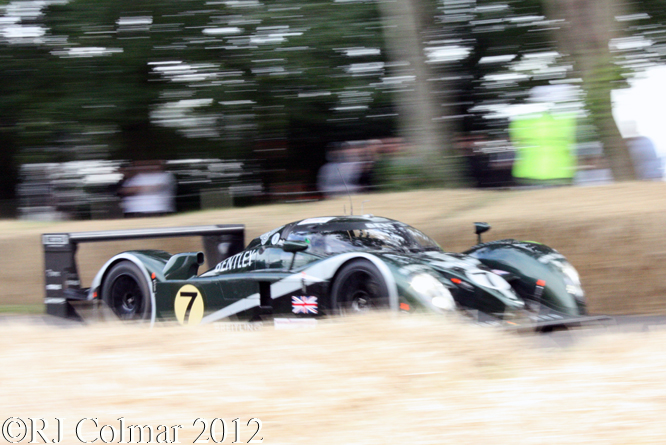
Designer Peter Elleray believes that Bentley possibly choose to enter the LMGTP class because of the ‘visual presence’ of the closed cockpit cars and it must have been satisfying to him that his final Speed 8 design was the first non Formula One car in 14 years to win be awarded the 2003 Autosport Racing Car Of The Year Award.
There have been many uniformed opinions that the Bentley Le Mans project that ran from 2001 to 2003 was simply a badge engineered Audi R8 with a roof, however this was most certainly not the case.
The Bentley Speed 8 had more British content than the successful Italian Dallara Audi R8’s had German content even though the British car was powered by a unique to Bentley version of the Audi V8.
Peter patiently answered some of the misinformed opinion about the cars he designed at The Nostalgia Forum recently.
I’ll leave the final word on this project to Peter “i(t) will be on my tombstone – “it wasn’t a green audi…”
My thanks to Peter Elleray for an engaging discussion on his involvement with today’s featured car at The Nostalgia Forum.
Thanks for joining me on this “It Is Not A Green Audi” edition of “Gettin a li’l psycho on tyres” I hope you will join me again tomorrow for a look at a car that was developed with a very different approach to winning the Le Mans 24 hours. Don’t forget to come back now !
